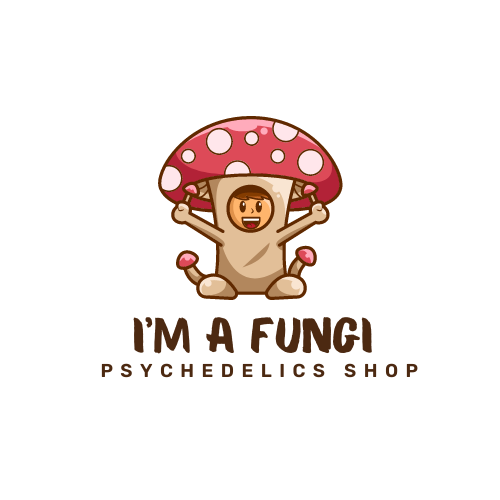BLOG
Beyond Psilocybin: Exploring a Spectrum of Psychedelics and Their Enigmatic Realms

Introduction
While psilocybin mushrooms have gained significant attention for their psychedelic properties, a vast spectrum of other psychedelics exist, each with its own unique effects and cultural significance. This article explores the diverse world of psychedelics, delving into the history, cultural impact, and therapeutic potential of substances beyond psilocybin.
I. Historical Context of Psychedelics
- Early Use in Indigenous Cultures:
- Explore the historical use of various psychedelics in indigenous cultures for spiritual, shamanic, and healing purposes.
- Discuss the rituals and ceremonies associated with these substances.
- Psychedelics in Ancient Civilizations:
- Examine the presence of psychedelics in ancient civilizations, such as the use of peyote by Native American tribes and the mysterious soma of the Vedic tradition.
II. Types of Psychedelics
- LSD (Lysergic Acid Diethylamide):
- Provide an overview of LSD, its discovery, and its role in the counterculture movement of the 1960s.
- Explore the effects of LSD on consciousness and creativity.
- DMT (Dimethyltryptamine):
- Discuss the naturally occurring DMT found in plants and animals, as well as its synthesis for recreational use.
- Explore the intense, short-lived psychedelic experiences associated with DMT.
- MDMA (3,4-Methylenedioxymethamphetamine):
- Examine the history of MDMA, initially used in therapy and later popularized in the recreational context as ecstasy.
- Discuss ongoing research into the therapeutic potential of MDMA for PTSD and other mental health conditions.
- Peyote and Mescaline:
- Explore the traditional use of peyote in Native American ceremonies and its active compound, mescaline.
- Discuss the unique effects of mescaline and its cultural significance.
III. Cultural Impact and Counterculture Movements
- Psychedelics in the 1960s:
- Explore the role of psychedelics, including LSD, in the counterculture movements of the 1960s.
- Discuss the impact on art, music, and societal attitudes toward consciousness expansion.
- Modern Renaissance:
- Examine the resurgence of interest in psychedelics for therapeutic purposes and personal growth.
- Discuss the influence of psychedelics on contemporary art, spirituality, and wellness practices.
IV. Therapeutic Potential and Research
- Current Psychedelic Research:
- Provide an overview of current scientific research into the therapeutic potential of psychedelics, including MDMA-assisted therapy and psilocybin-assisted therapy.
- Discuss ongoing studies and clinical trials.
- Ethical Considerations:
- Explore the ethical considerations surrounding the use of psychedelics in therapy and research.
- Discuss the importance of harm reduction, integration practices, and responsible use.
Conclusion
The world of psychedelics extends far beyond psilocybin mushrooms, encompassing a rich tapestry of substances with deep cultural, historical, and therapeutic significance. As societal attitudes shift and research advances, the exploration of these substances promises to unravel new insights into consciousness, mental health, and the human experience. This article serves as a comprehensive guide, inviting readers to embark on a journey through the enigmatic realms of various psychedelics and their multifaceted impact on human culture and consciousness.
